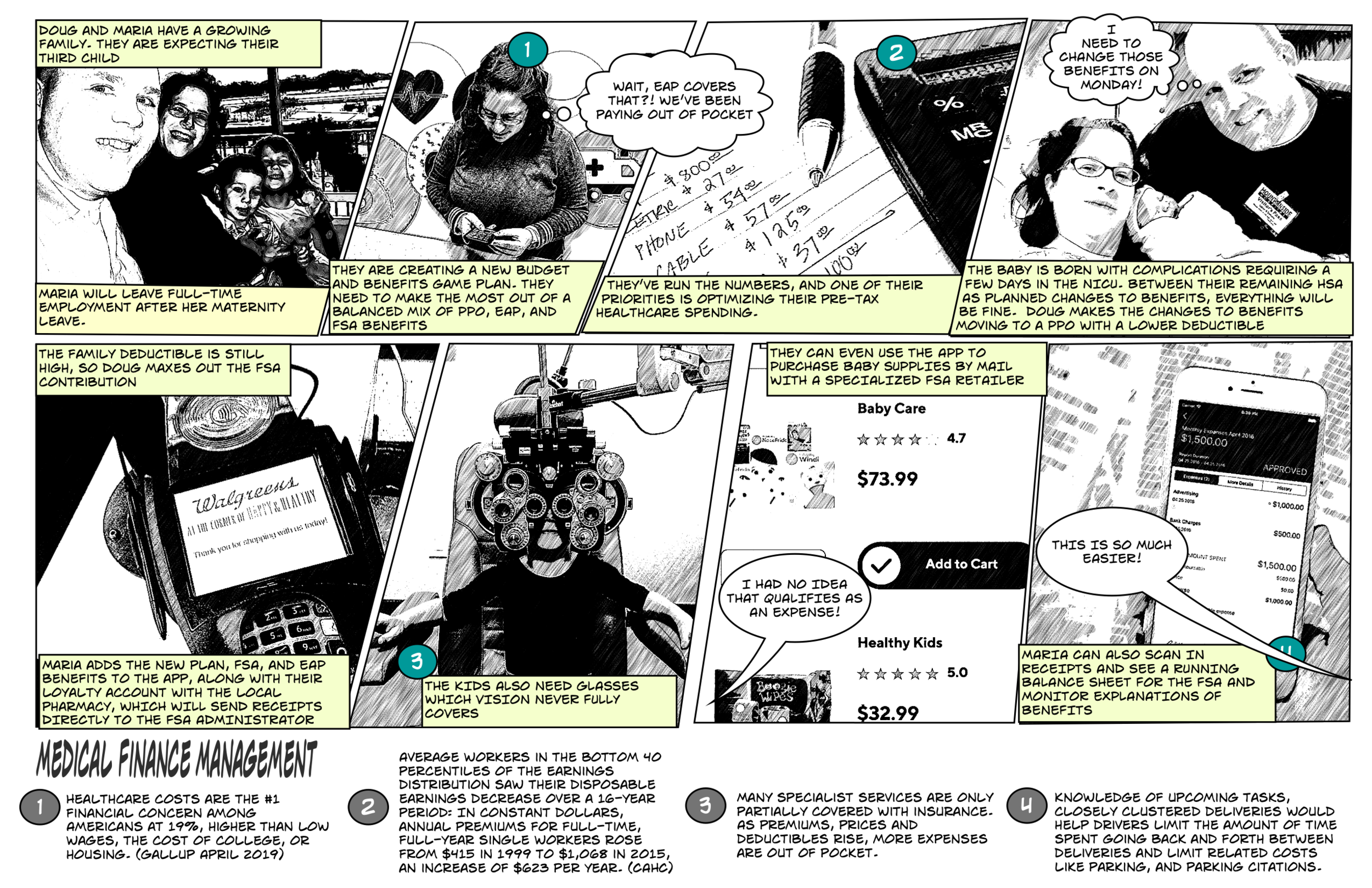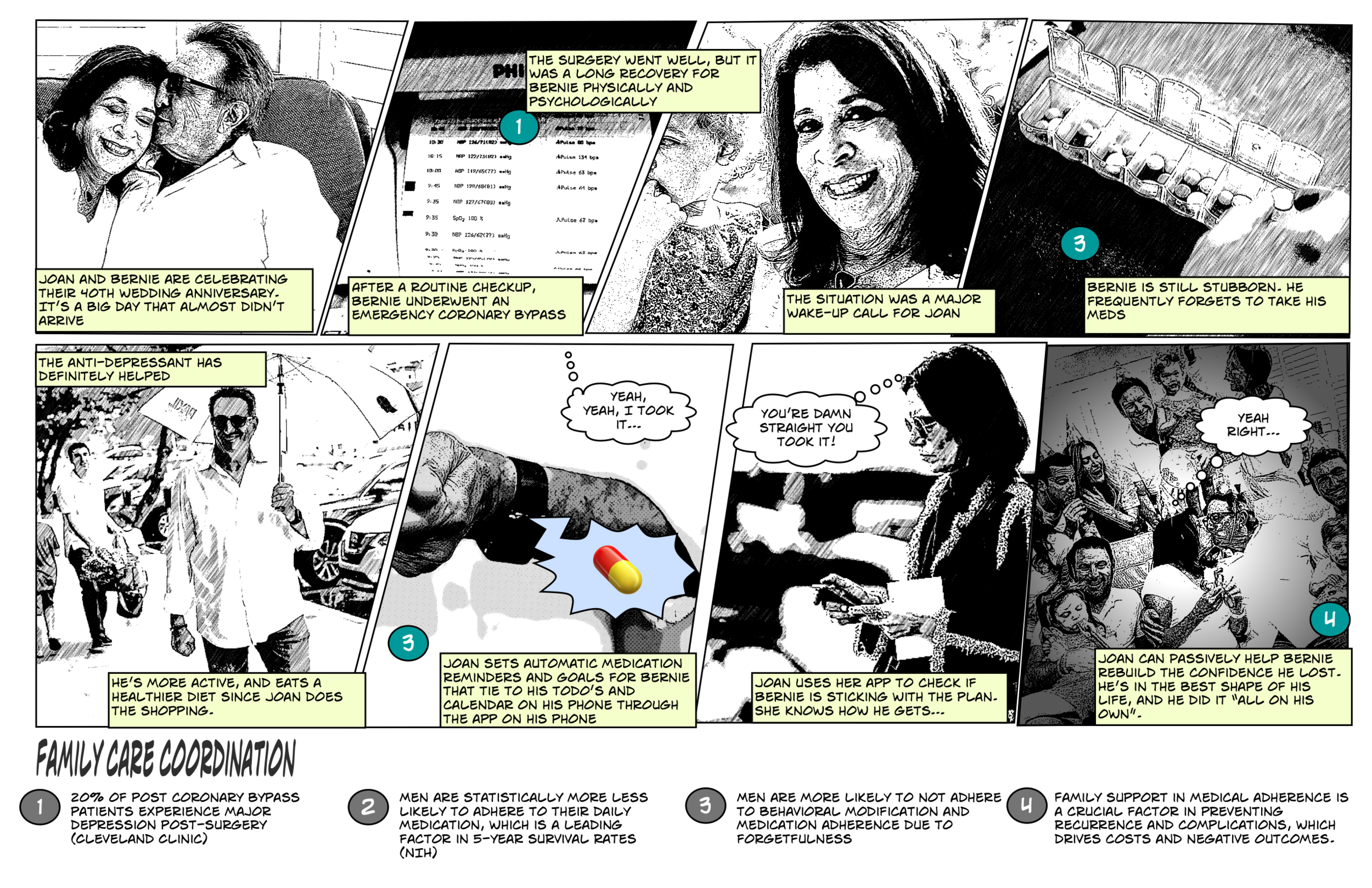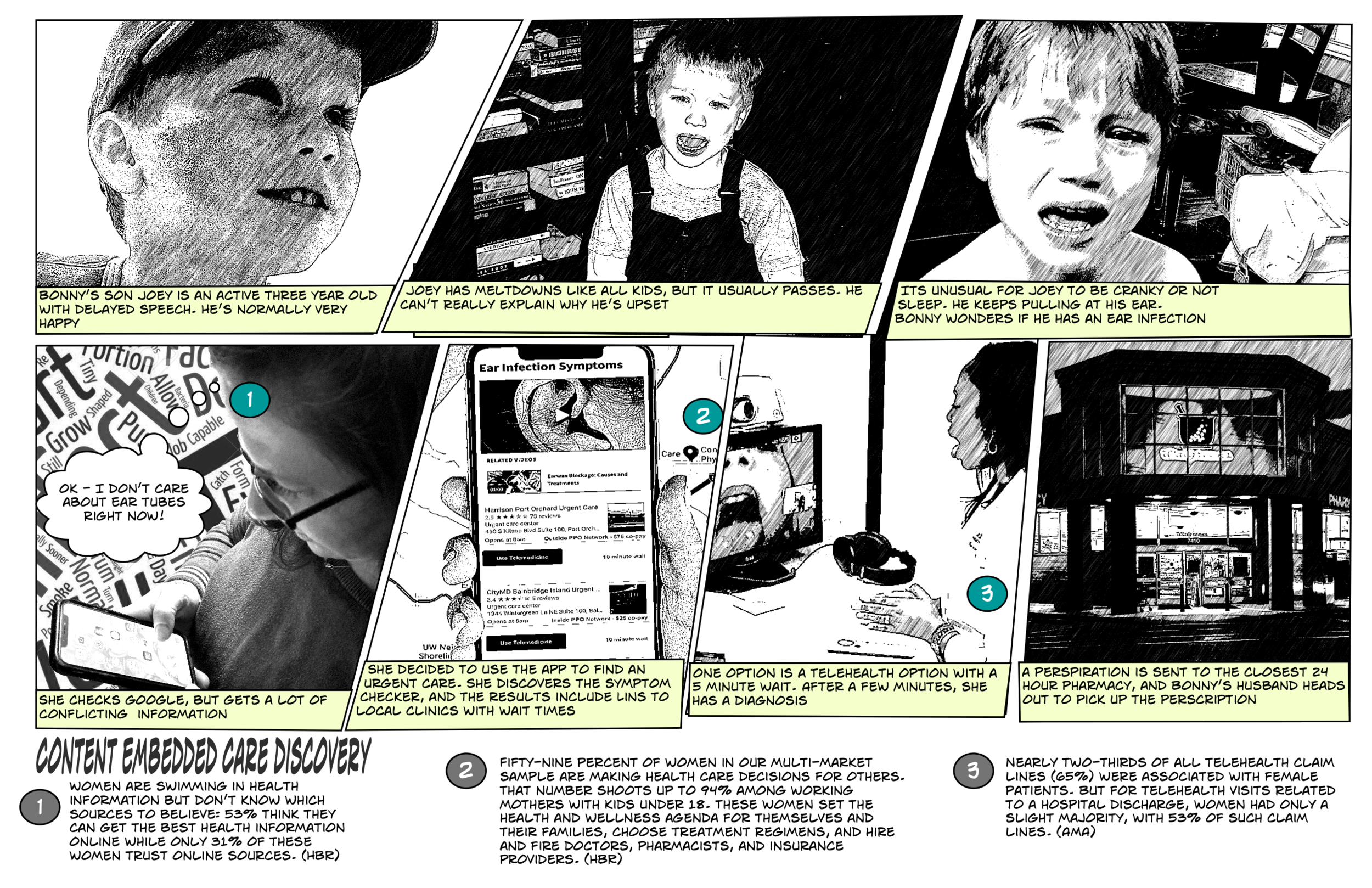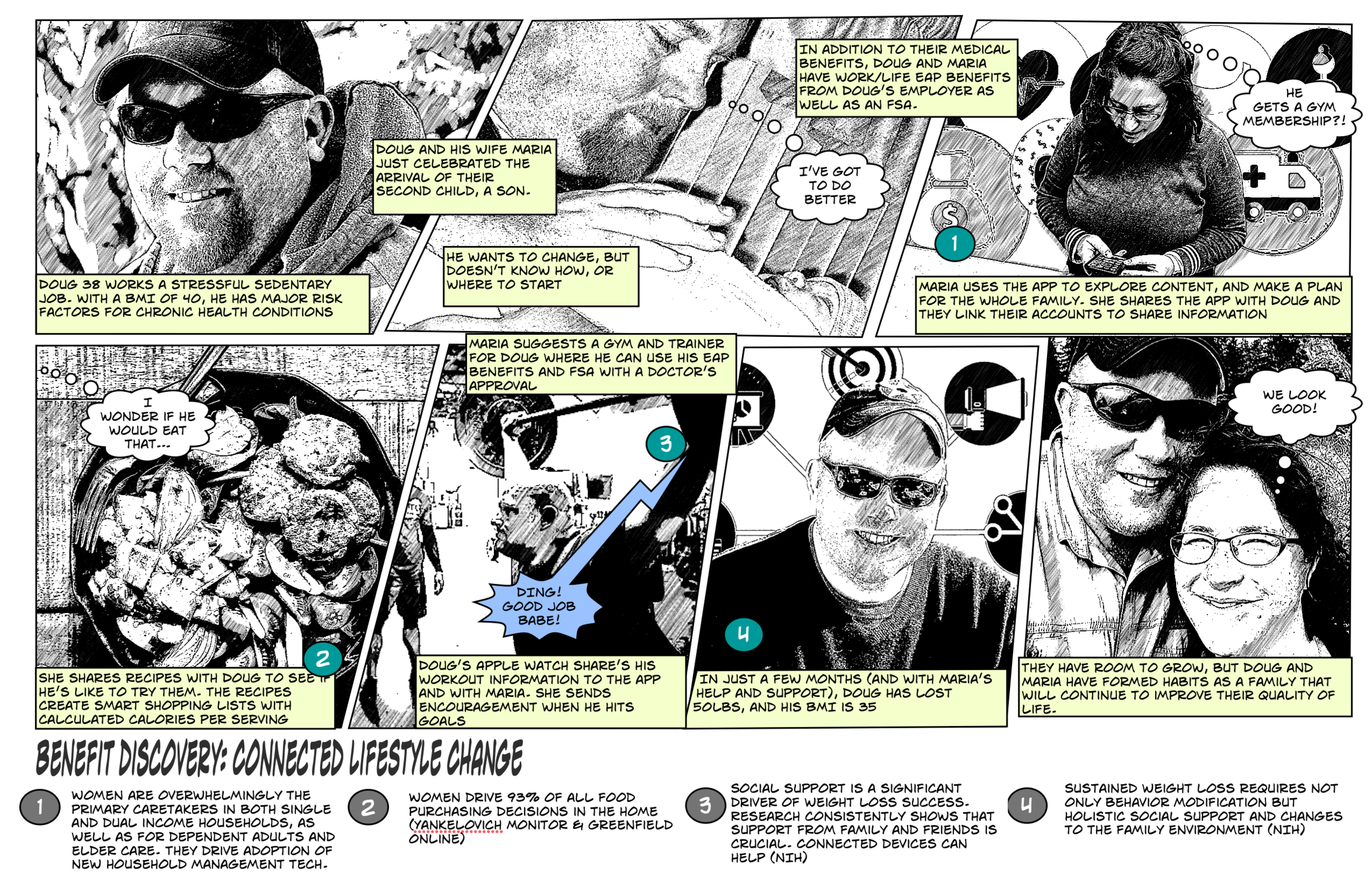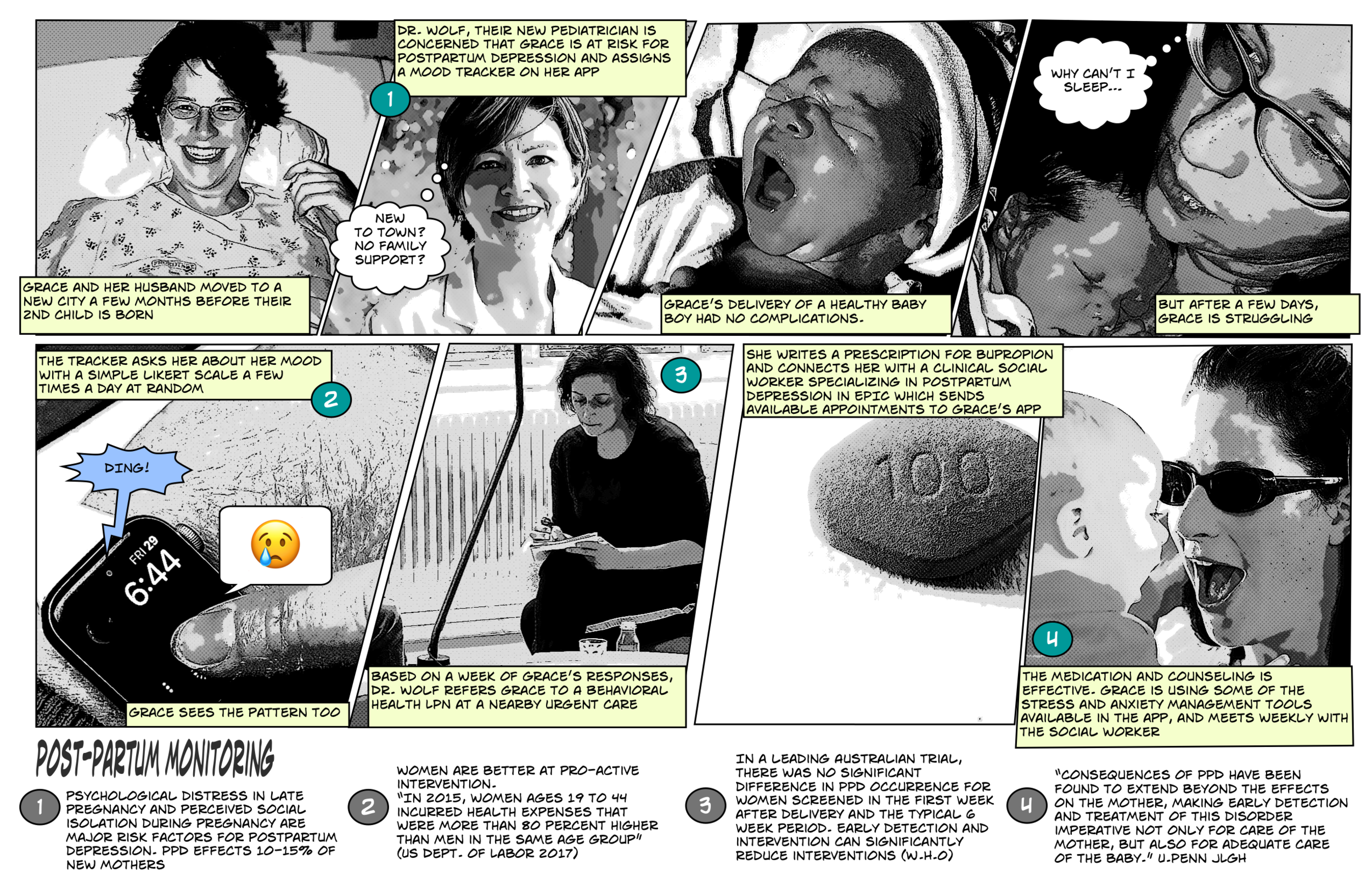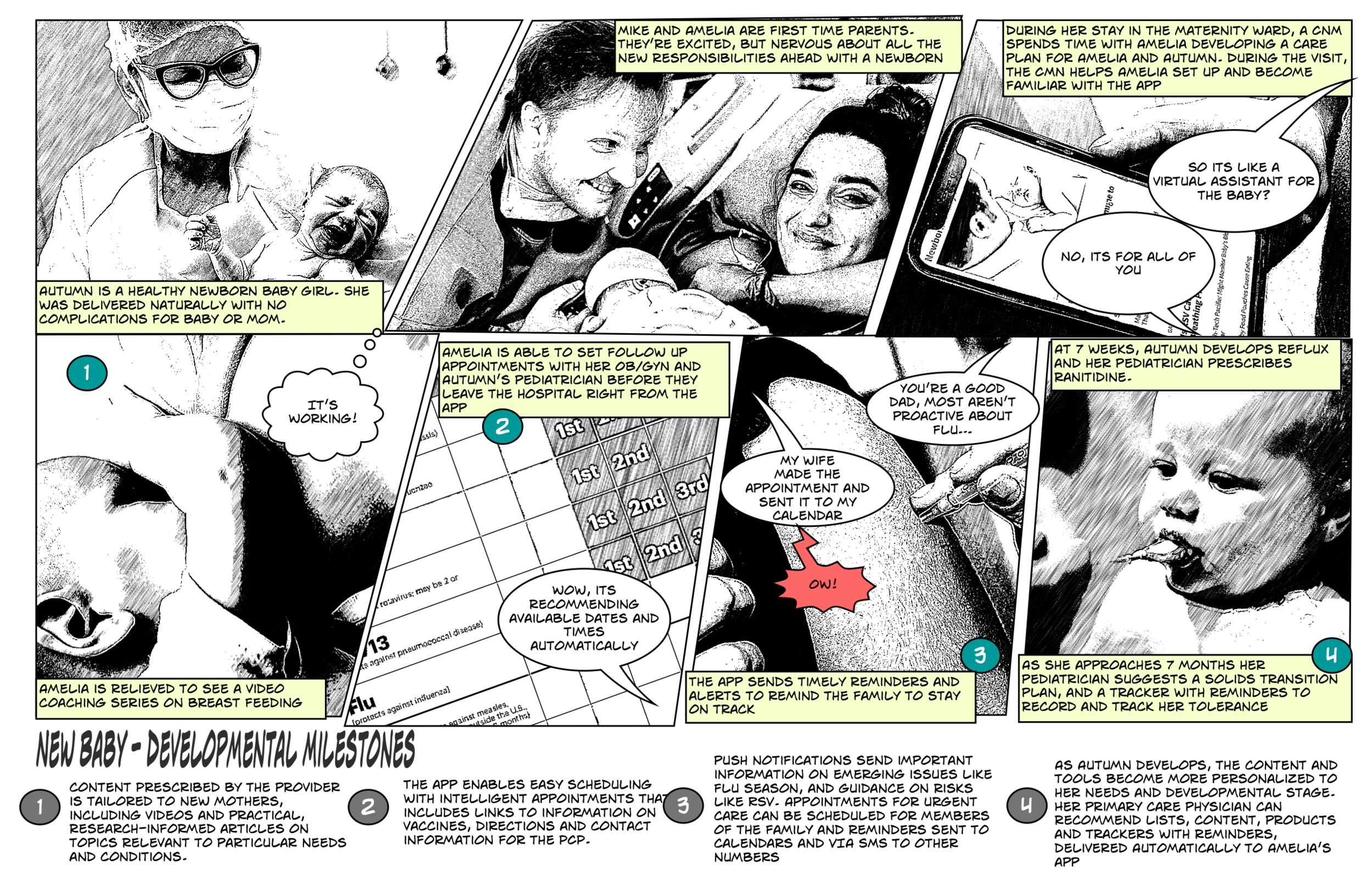Strategic storytelling
Storyboarding puts the complexity of an experience in context
Storytelling is a frequently neglected skill set in product design. Many product teams, including designers, place more value on the user interface and aesthetics of an experience and neglect the importance of defining who the user is, as well as the context, challenges, and opportunities around the problem being solved.
Strategic storytelling with design tools brings a new dimension to the role that design plays in the direction of a product. It humanizes the customer and engages the empathy of the team by visualizing the human problem a product is solving putting the technology and competitive advantage in its proper context.
Design tools such as mockups, wireframes, journey mapping, personas and even functional prototypes are good at clarifying the details of what is being built, but not why we’re building it. Storyboards put the big picture behind the story of the complex scenarios. Storyboards add texture, and layers of context.
Over the years, I’ve developed a rapid, simple process I call “strategy storyboarding” which put the details of a product in their proper context. It has been a crucial tool for aligning executives on very big opportunities in Logistics, Education, Cloud Services, Home Automation, and Healthcare, particularly with emerging technology like voice interfaces, augmented reality, and gig economy labor pools. Here are a few examples.
Amazon Alexa
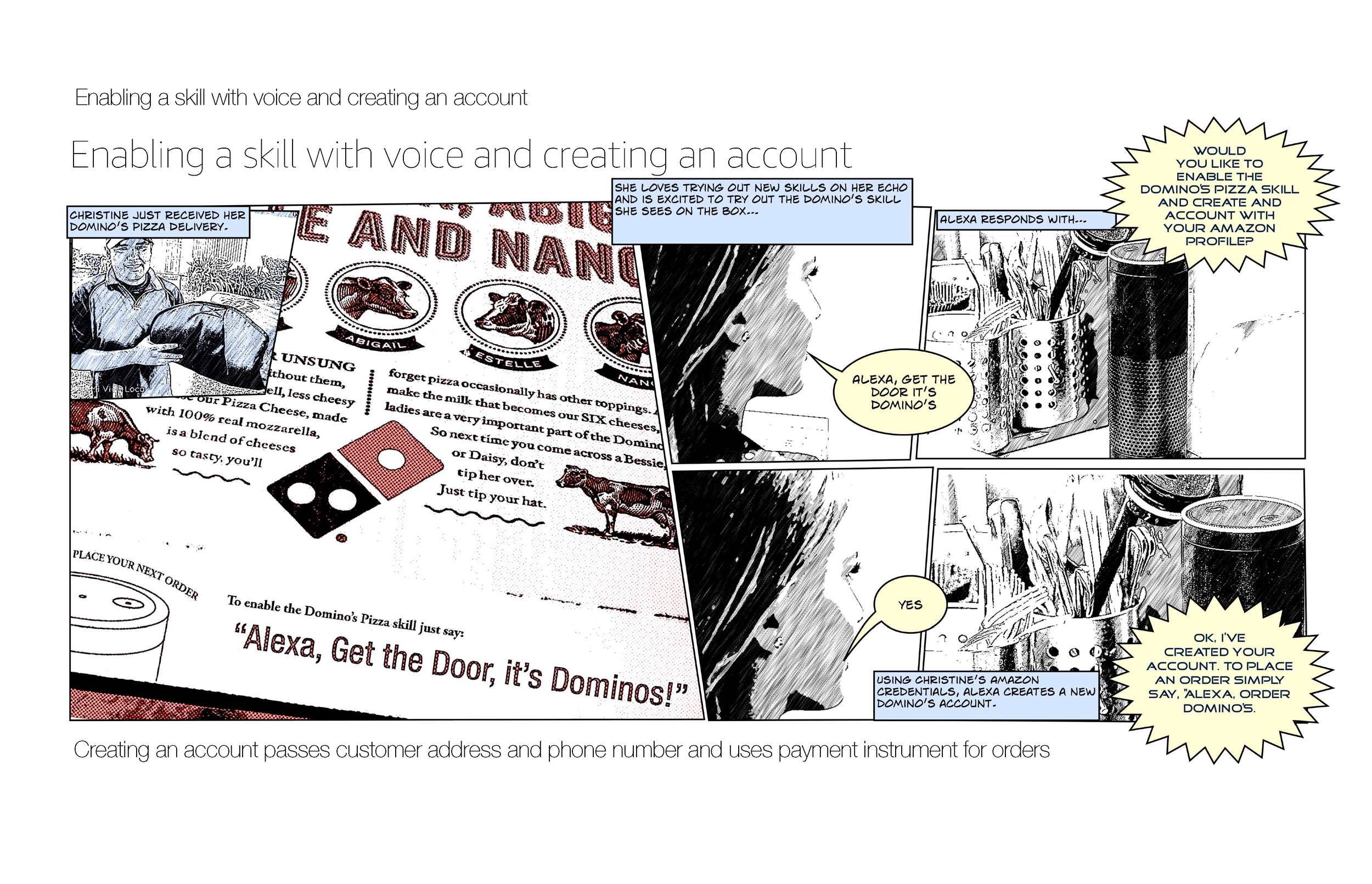
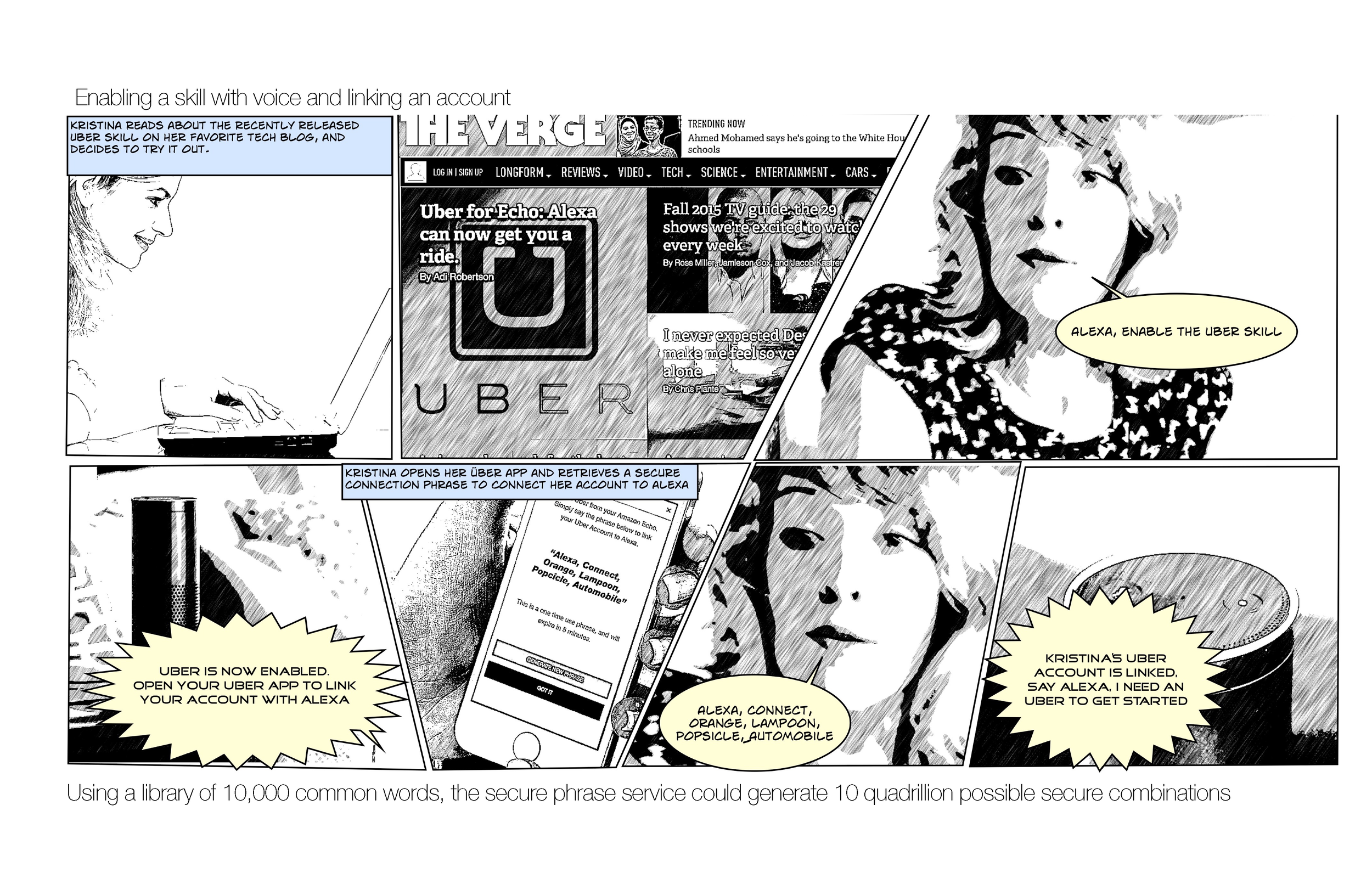
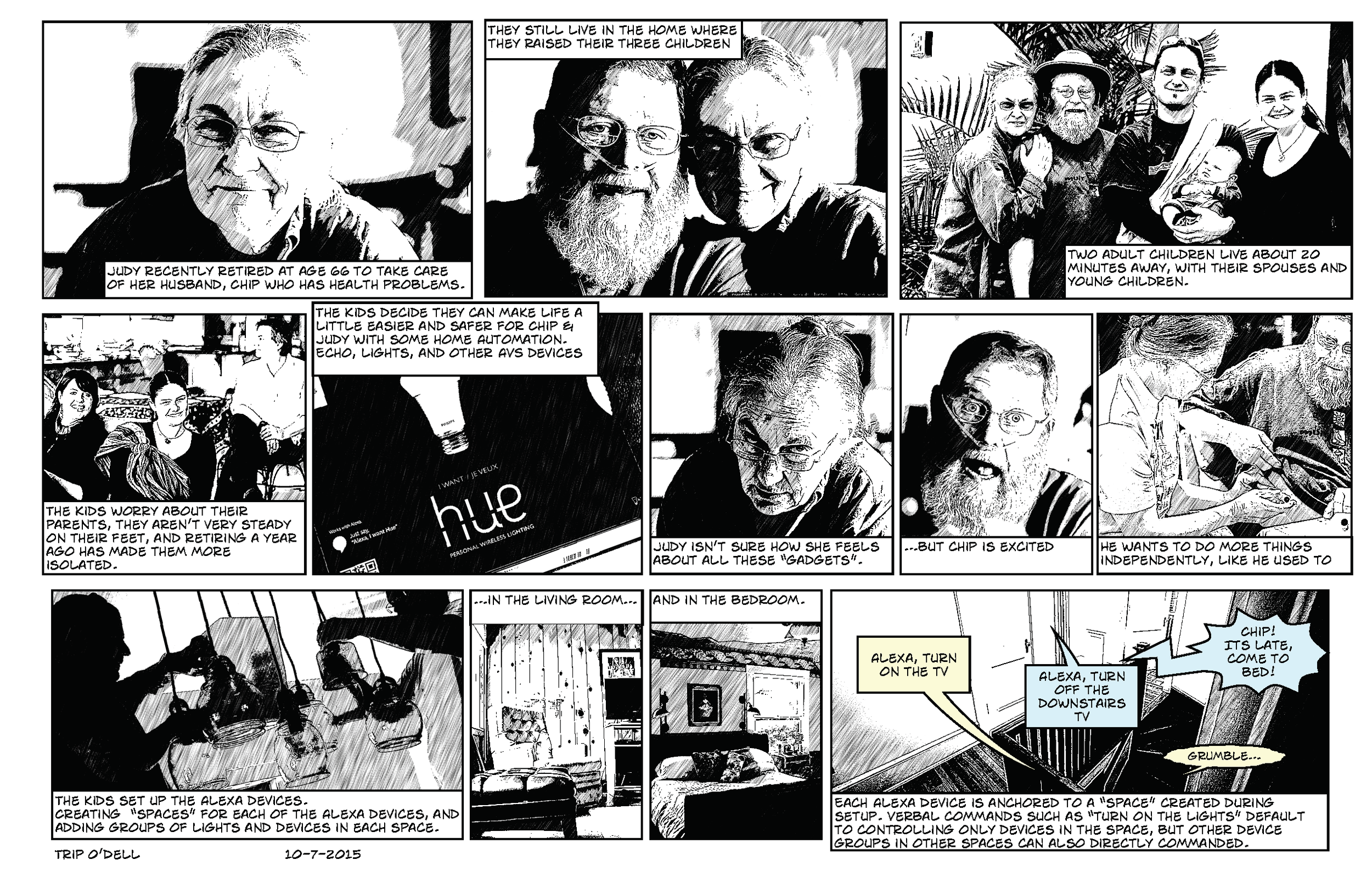
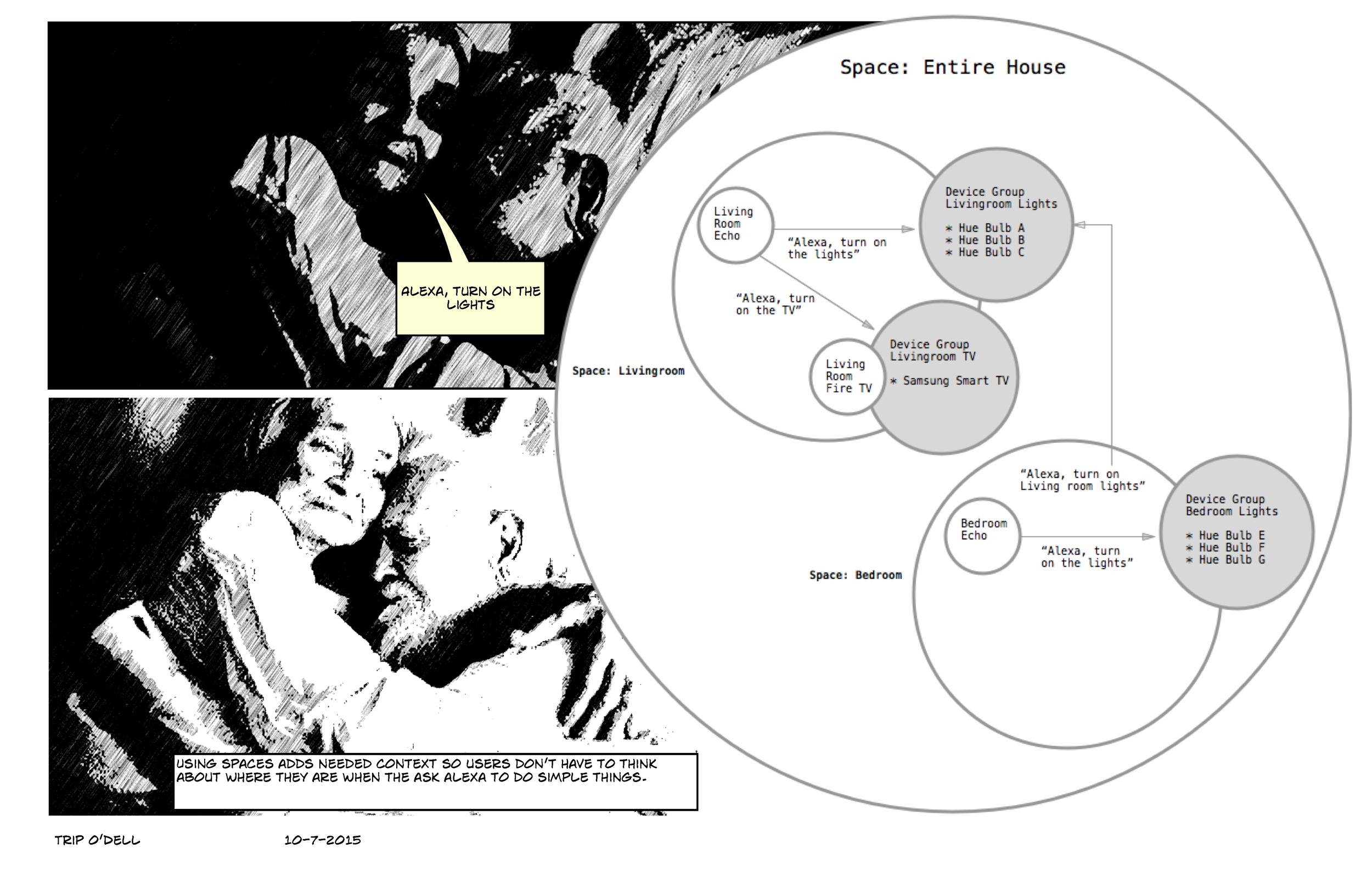
Amazon Logistics
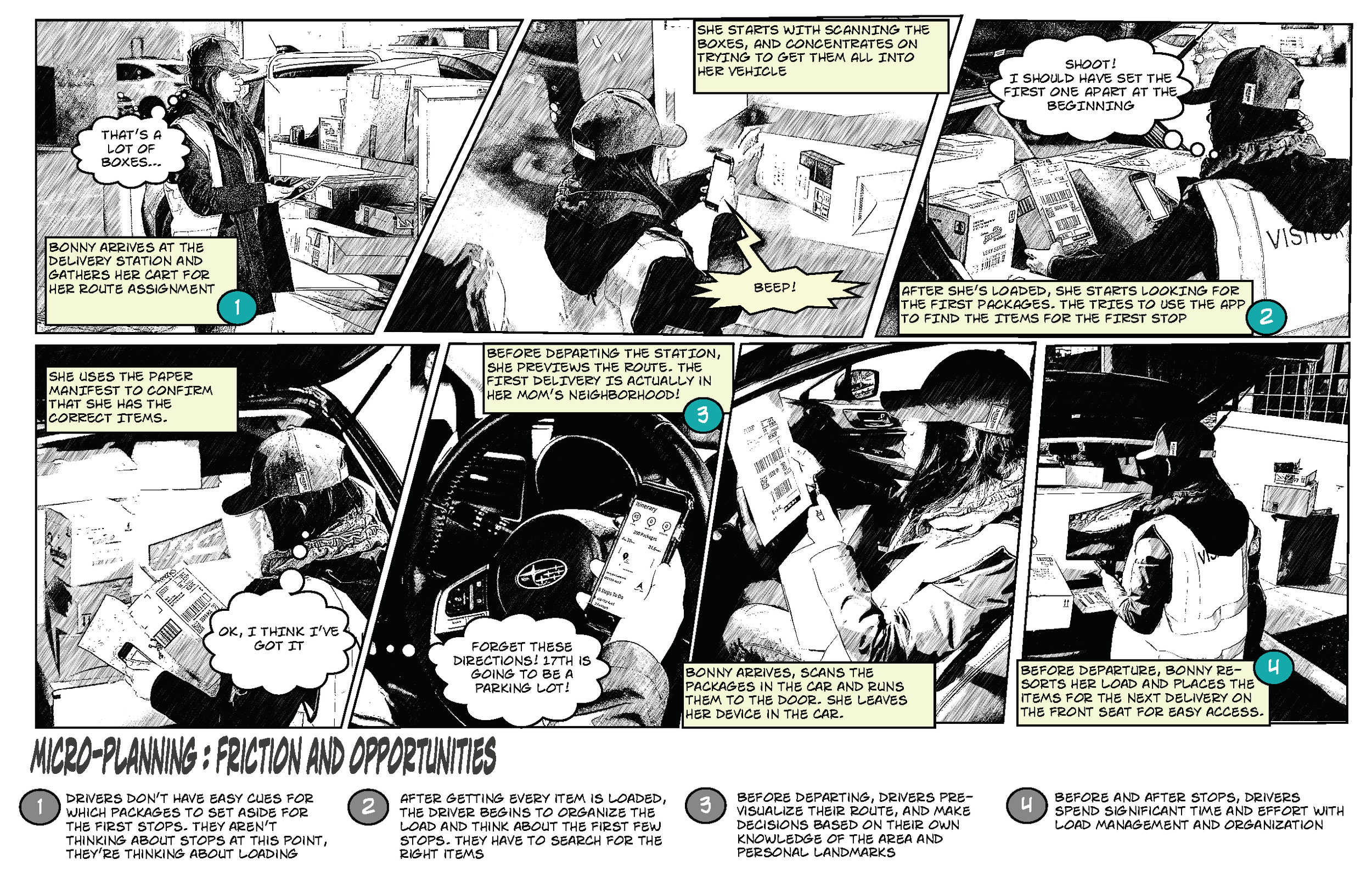

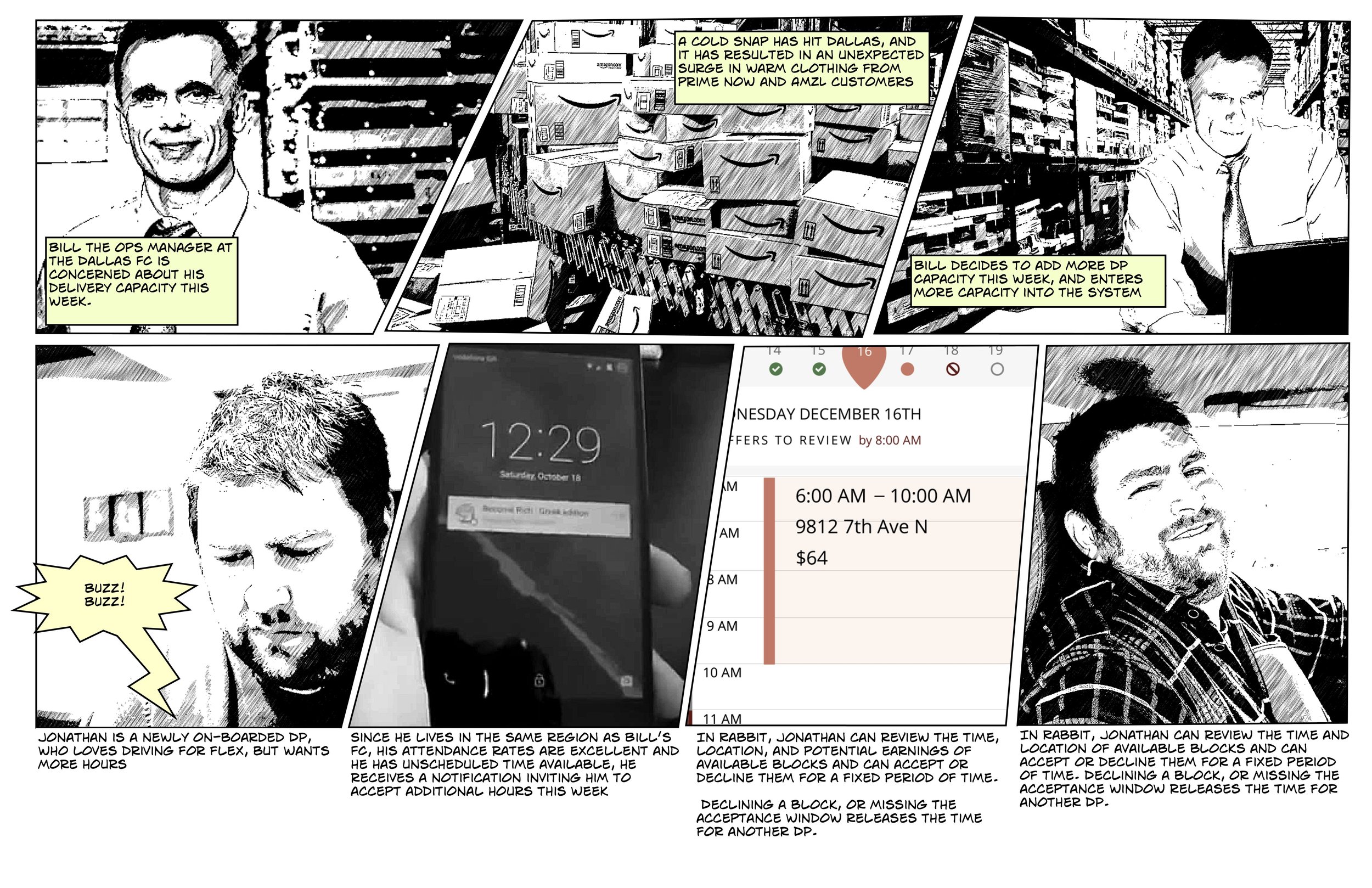
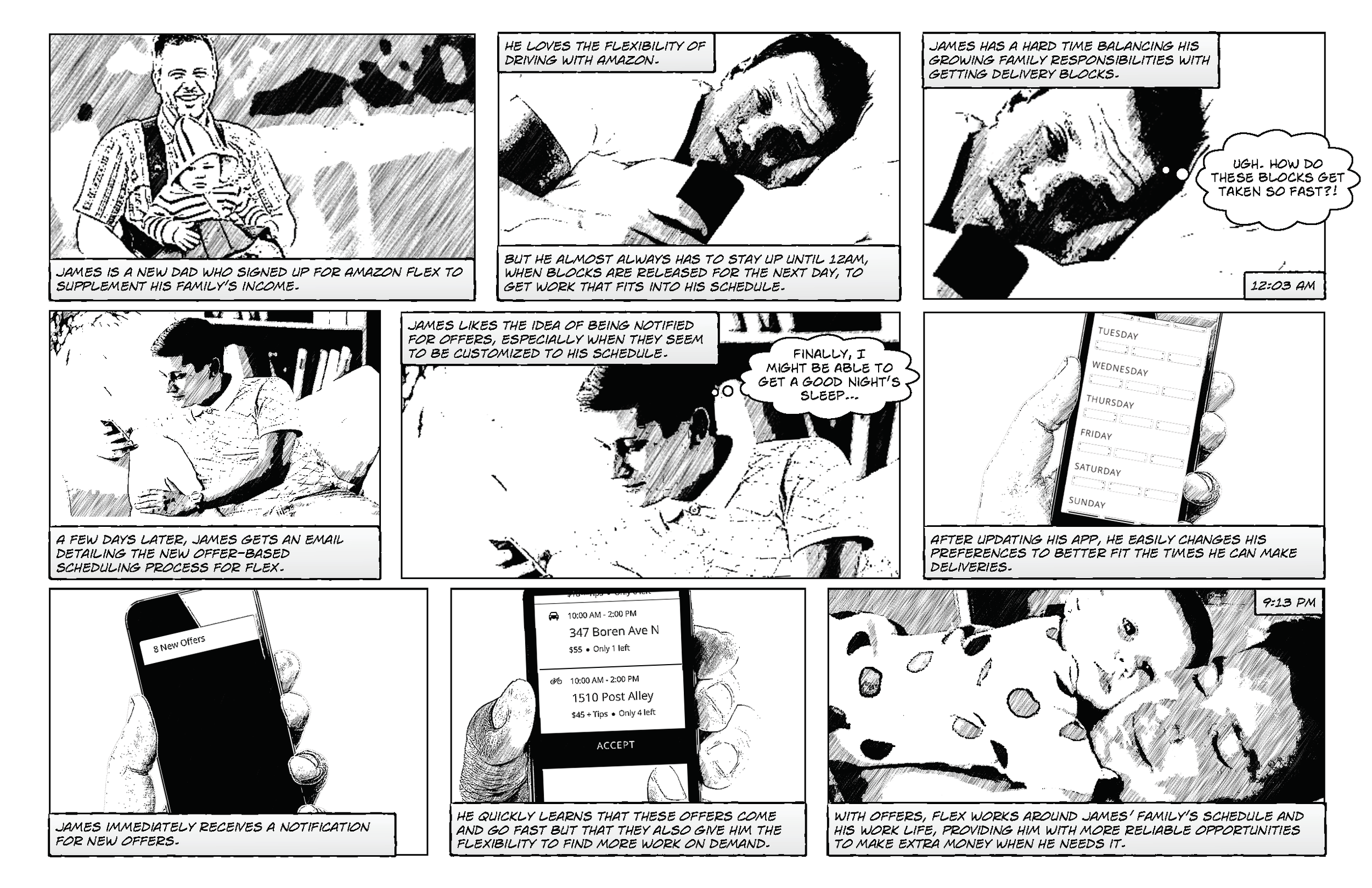
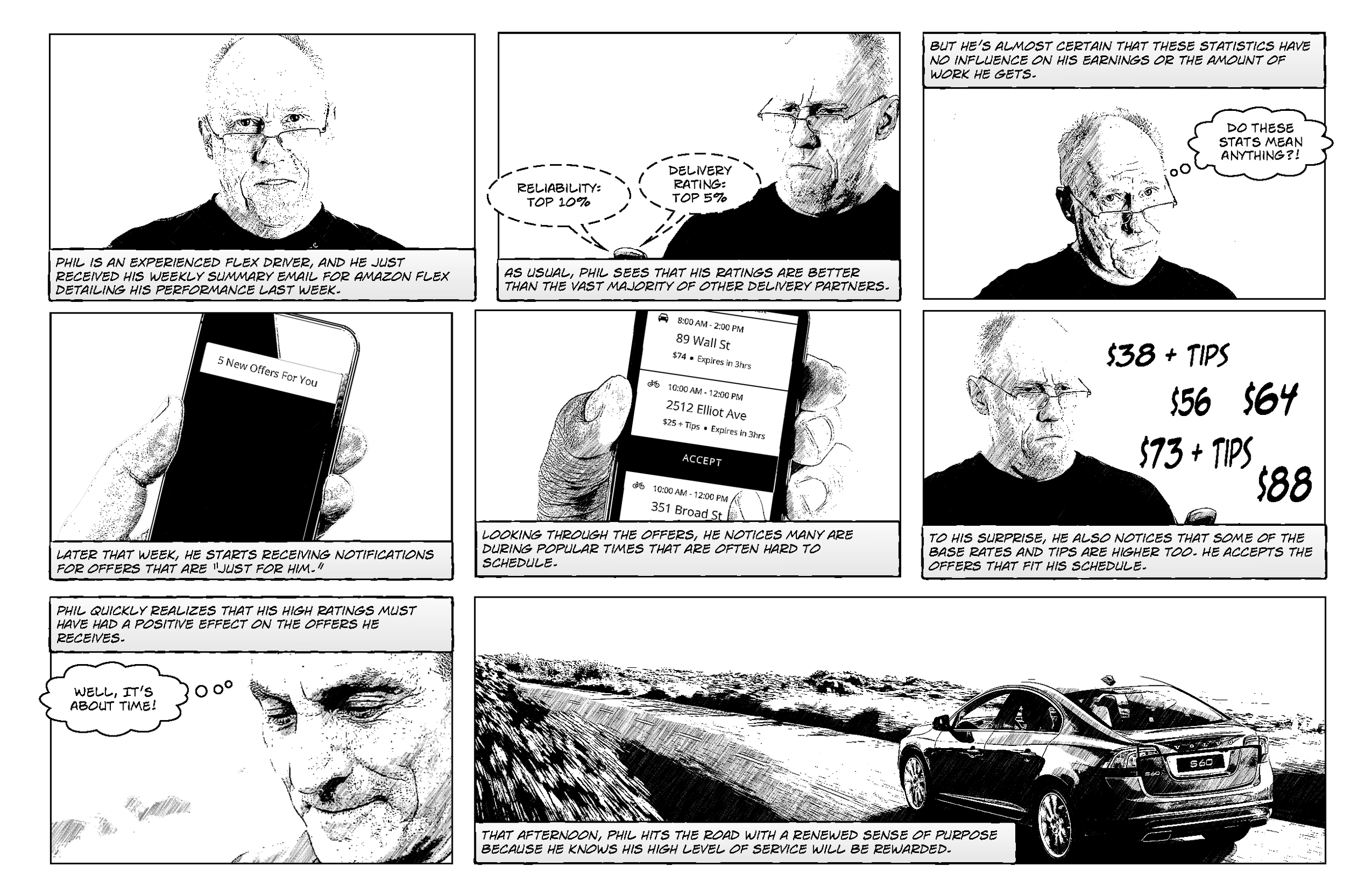
Education
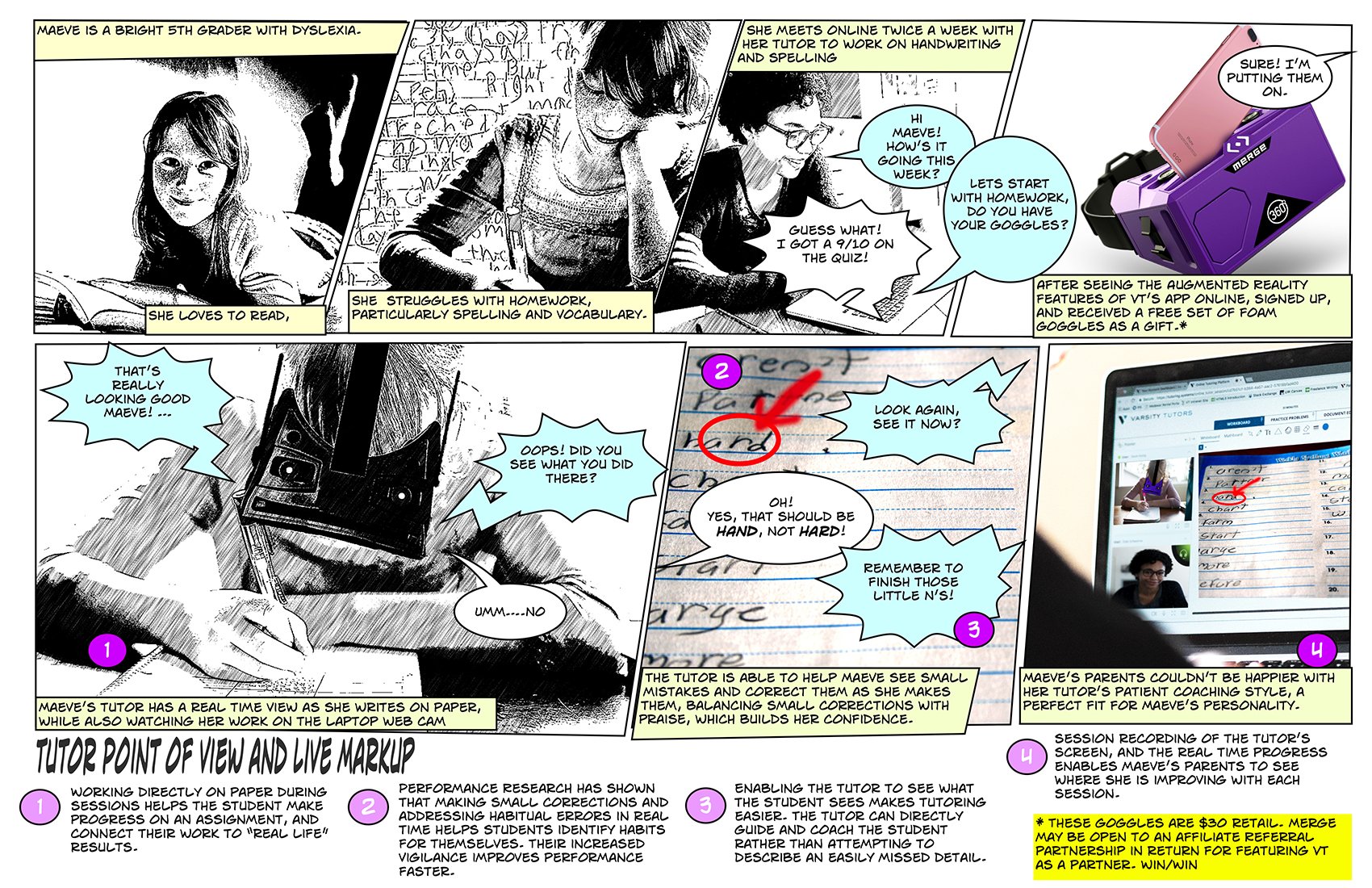

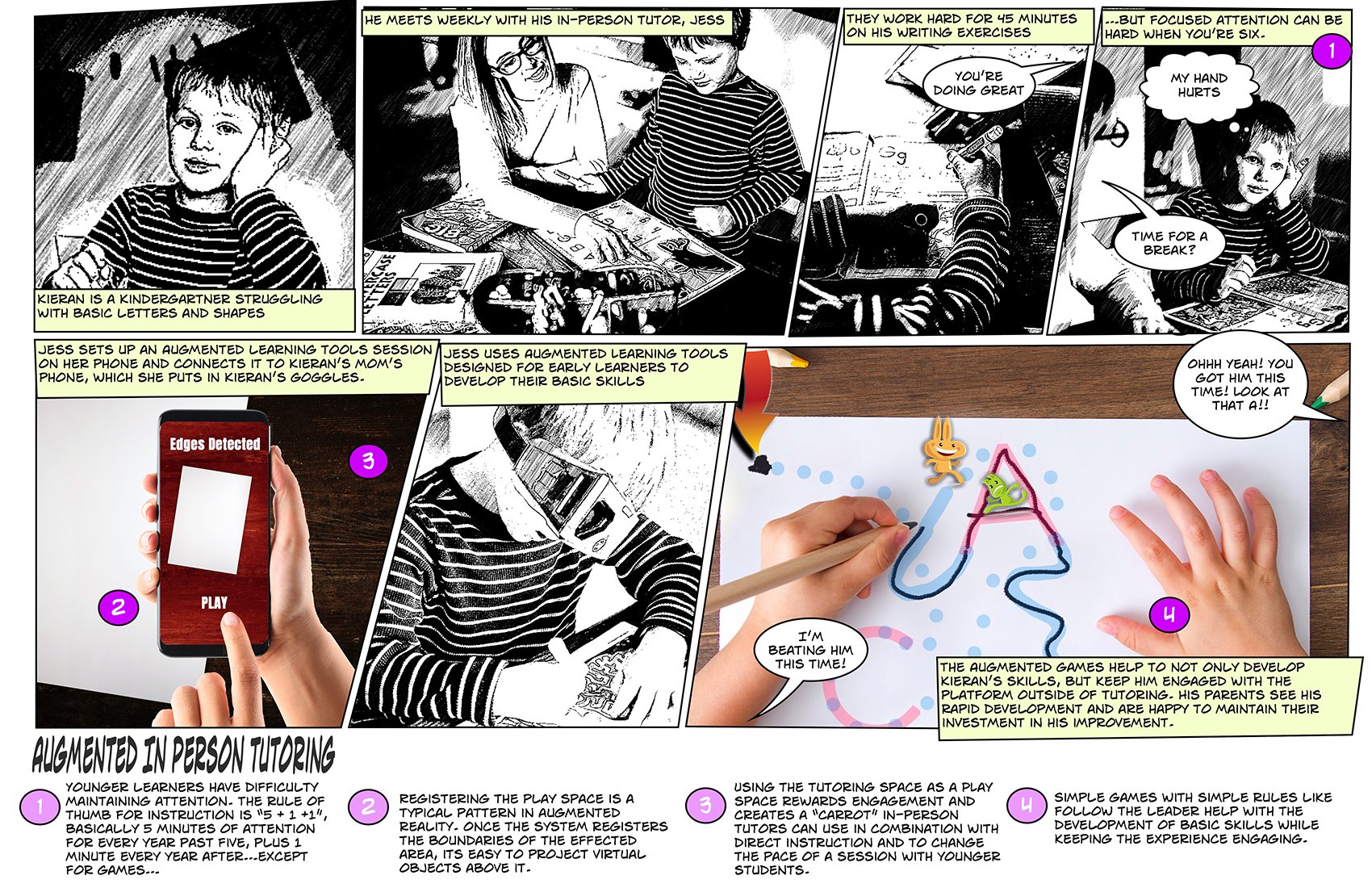
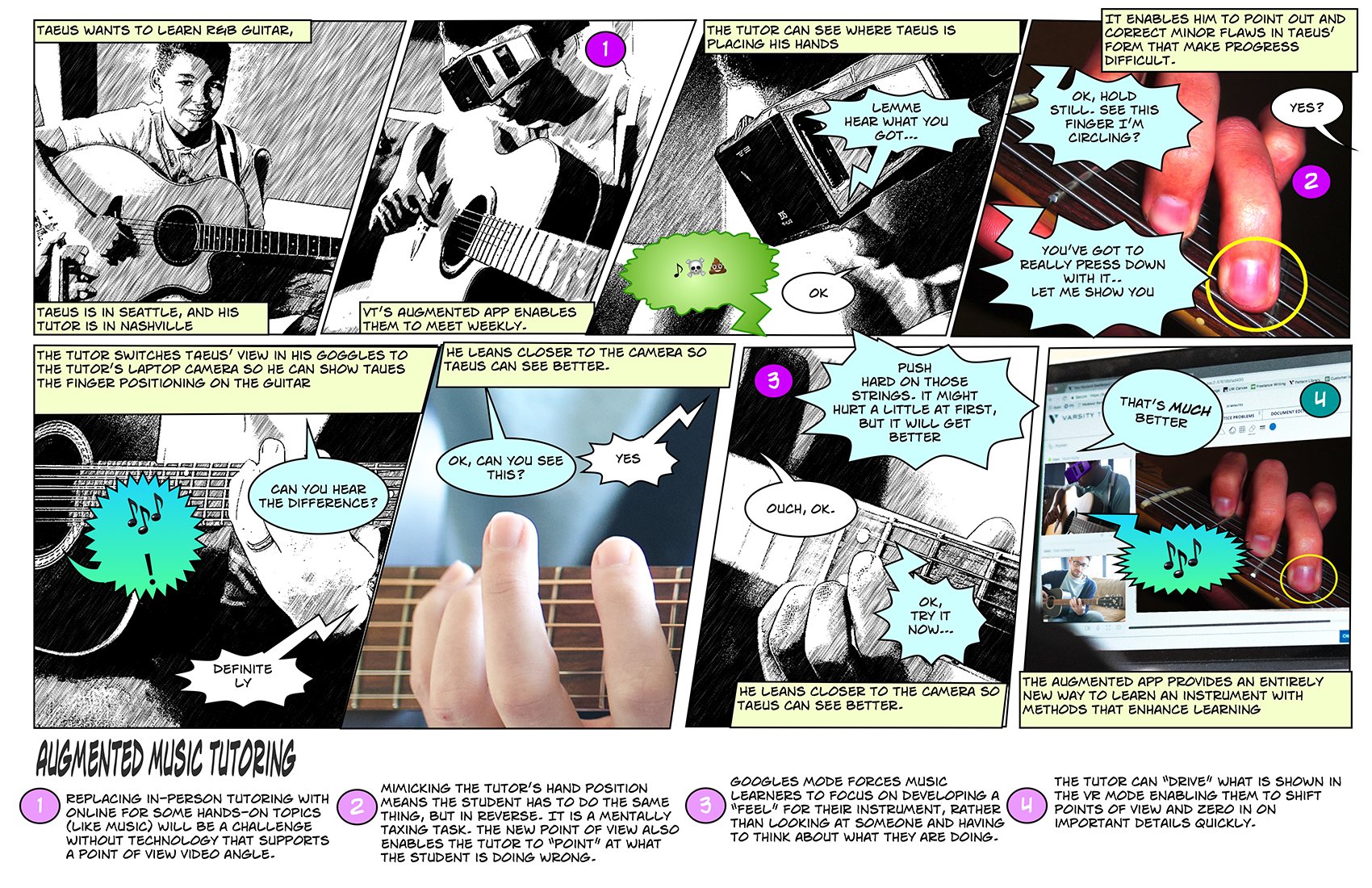
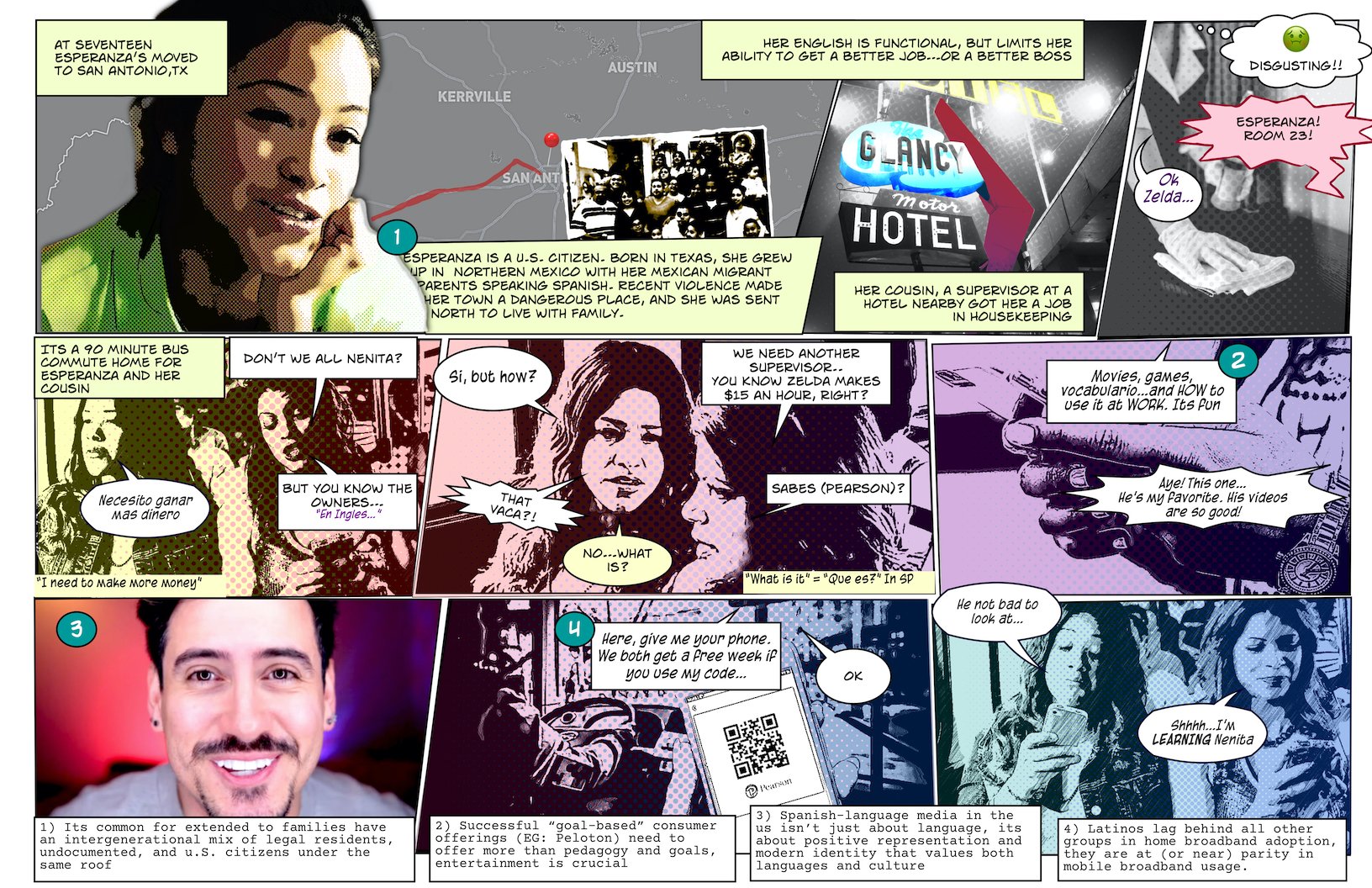
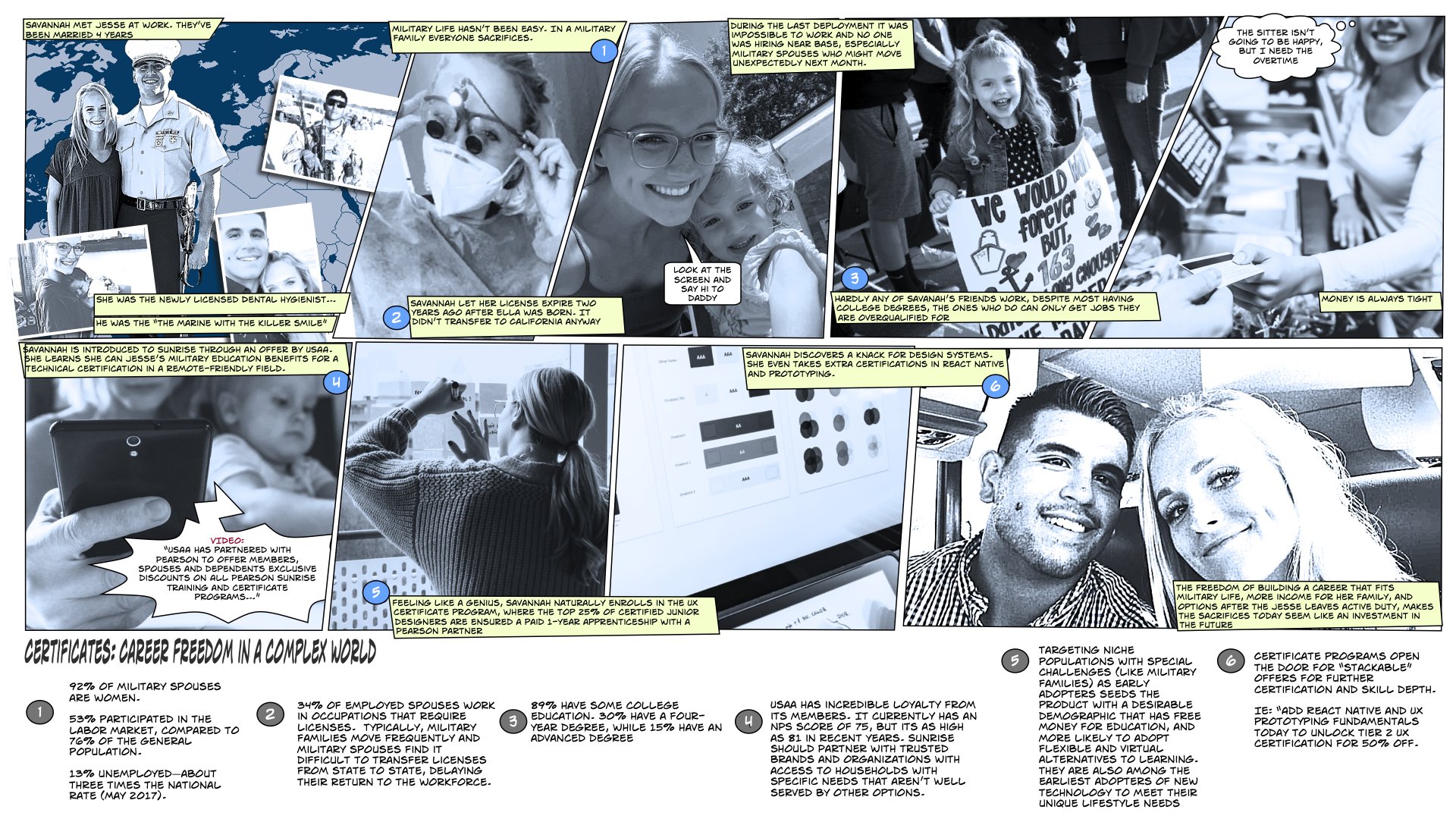

Healthcare

